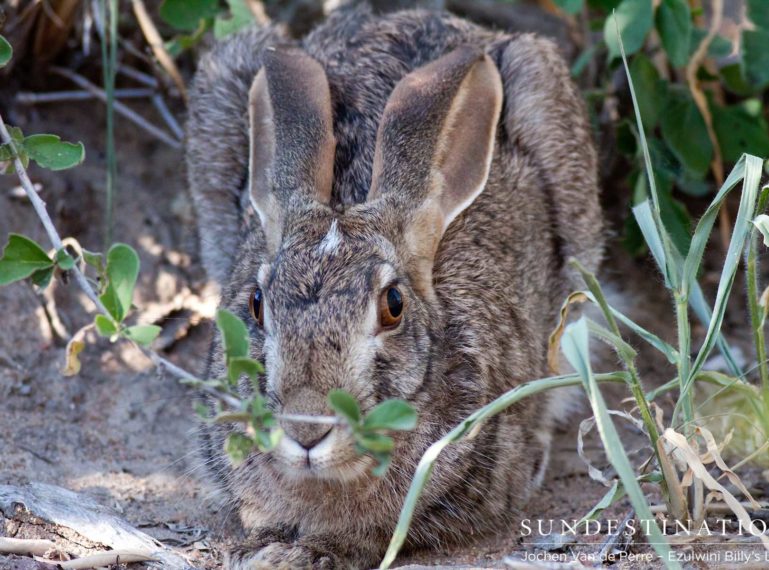
The Balule Nature Reserve covers a wide expanse of land comprising a mix of savannah, riverine vegetation, leadwood and jackalberry trees. Forming part of the Greater Kruger Park, the reserve is home to the big five. But, at Ezulwini, we like to celebrate the small creatures, the sneaky rodents, the large herbivores and those that get lost in the eternal quest to spot the big five. Nature is a place filled with harmony and wonder; where each living organism has its role to play in the ecology of an area. Here are a few facts about the wildlife recently spotted on our game drives.
The African Elephant
We don’t have to travel far to spot our wrinkled pachyderms. The breeding herds frequent both lodges and feast on the crunchy vegetation surrounding both Ezulwini Billy’s and Ezulwini River Lodge. The elevated skywalk at Billy’s Lodge is the best vantage point to view these gentle jumbos.
Elephants are raised in matriarchal herds and all females help to raise the young calves. The sub-adult females will ensure the young ones learn how to navigate obstacles and use their trunks effectively.
Young males will take to the waterholes and engage in gentle sparring matches in an effort to display dominance. Males, when they reach a certain age, will form loose associations with other bachelors and split from their maternal herd. They tend to reunite with groups of females when its time to breed.
Honey Badger
Relentless. Industrious. Fearless. Intelligent. These are just a few of the adjectives used to describe the adorable looking honey badger. This species is notorious for brazenly waltzing into camps and lodges in a search for food and comfort. They’re not afraid of anything and will quite cheekily walk through a pride of lions in order to get to its destination.
Cobra venom? Not a problem. If bitten, they’ll pass out for a bit. The honey badger is resistant to potent doses of venom and its thick armoured skin also protects them from other potentially nasty wounds. The badger also has claws that remind us of Edward Scissorhands. Their “blades” allow them to dig burrows and successfully bash through termite mounds where they can access an easy snack.
Honey badgers are not selective with their diet and will eat a host of things that include beetles, scorpions, snakes and larvae.
Herons
In the image below you have a close-up of a grey heron. These predatory wading birds are found in abundance in the Balule and we often spot them in a statuesque position close to water sources. These waders remain stationary for a period of time before launching their attack. They’ll gently wade towards their intended victim and stab it with their bill. Their prey includes an array of fish, amphibians, insects and even ducklings.
Big Cats of the Balule
The Ezulwini traverse is teeming with big cat activity and there are plenty of lion prides patrolling the areas close to the lodges. There’s a strong chance you’ll see lions while staying at Ezulwini. Coupled with the lion sightings, there are a number of leopards that have made the traverse their territory. Chavaluthu is the blue-eyed wonder boy of the Balule and then there’s the Van Wijk’s leopardess that is often seen crossing over onto Chavaluthu’s homeground.
Lions spend up to 20 hours a day sleeping and you’ll find them sleeping in the shade out in the open. When darkness falls these cats begin their patrolling and hunting excursions. When a kill is made, lions will devour their meal until they can no longer move, hence their need to relax afterwards.
Leopards are somewhat more aloof and tend to hide in drainage lines and at the tops of trees. When they conduct a kill it is done so with stealth and graceful prowess. When the kill is made, they’ll drag the prey up into the closest tree to avoid theft from scavenging hyenas.
And cheetah? Yes, these cats are also found in the Balule ! These delicate diurnal hunters are also spotted strolling the open roads and resting on termite mounds.
The Small Things
The bushbuck, nyala, scrub hares and high concentration of plains game certainly adds a different dimension to our game viewing. The smaller antelope often come up the grounds of Ezulwini River Lodge because of the availability of fresh greens and shrubbery. There’s also over 30 species of small mammals and 340 species of birdlife just waiting to be photographed.
Plenty to see while out on game drive with Ezulwini Game Lodges!
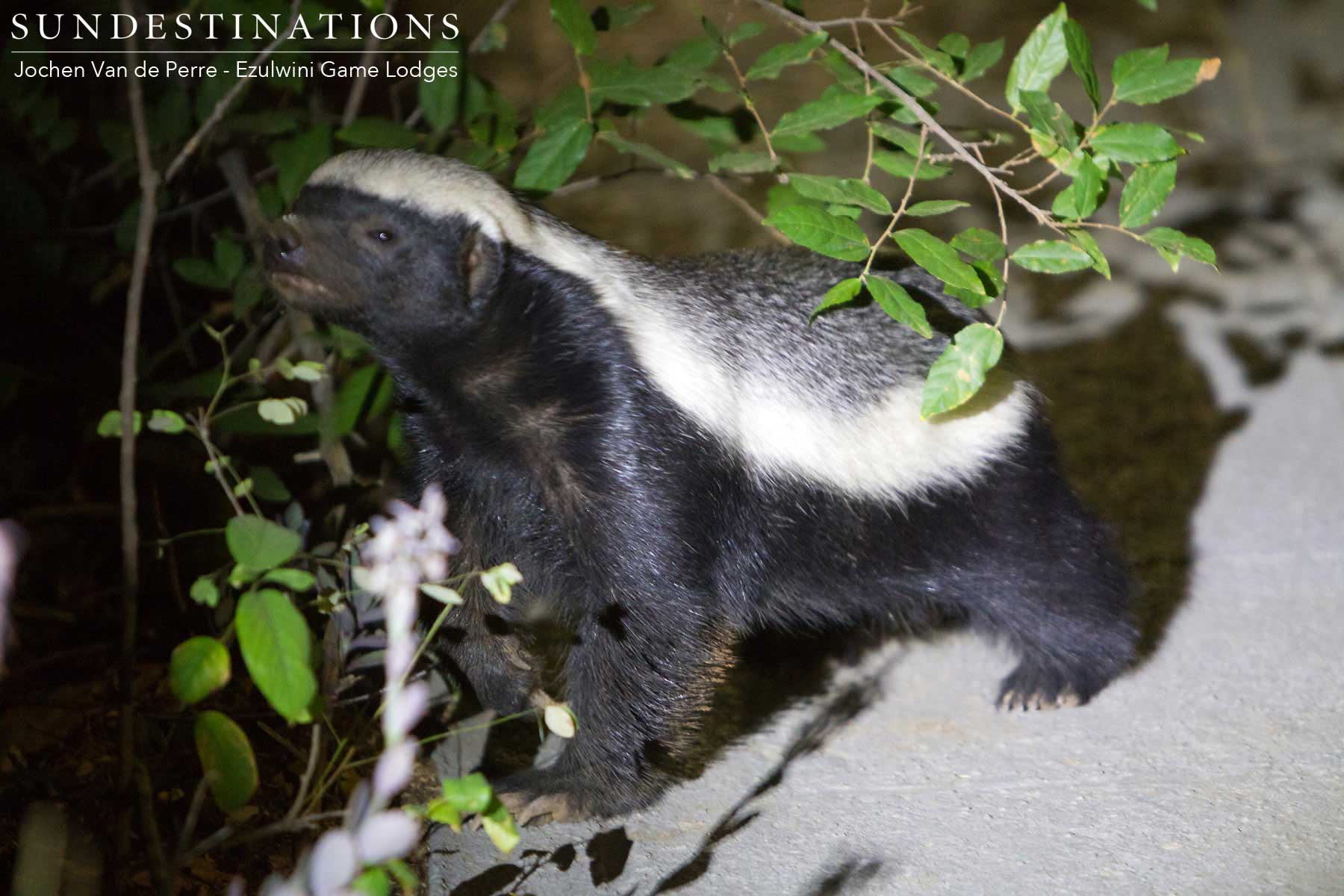
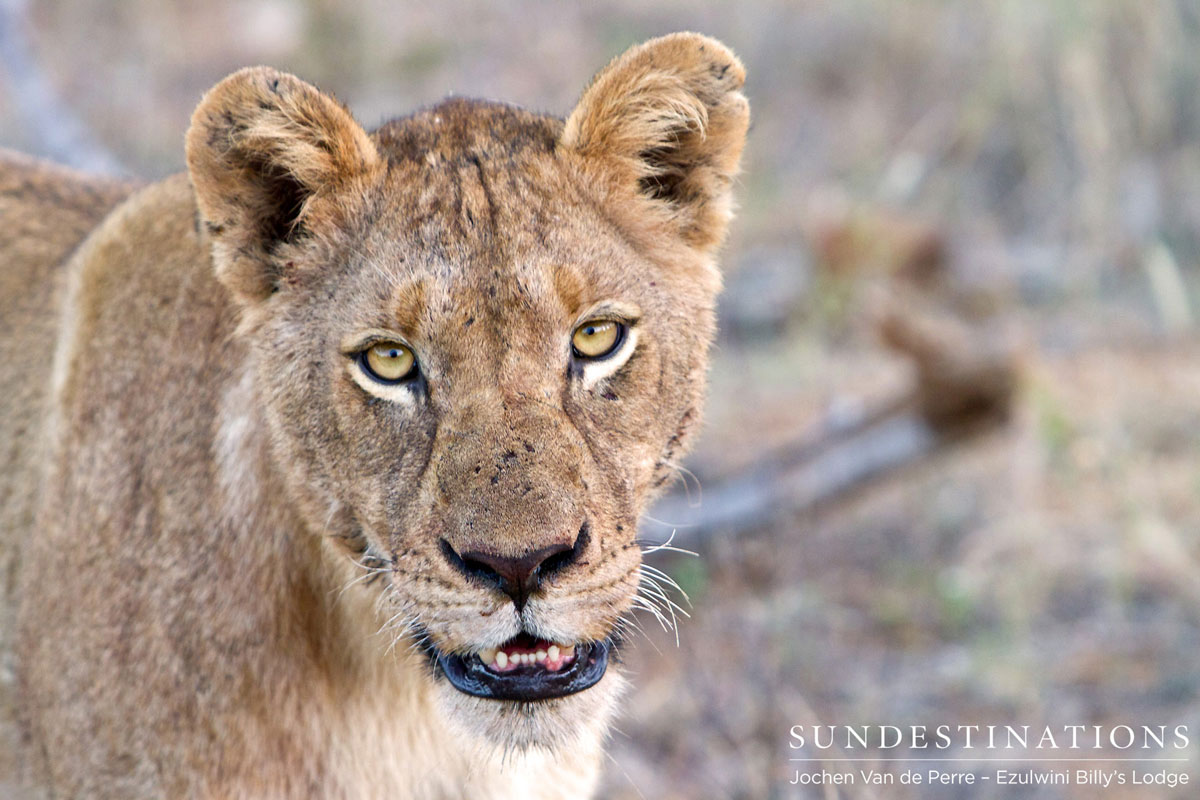
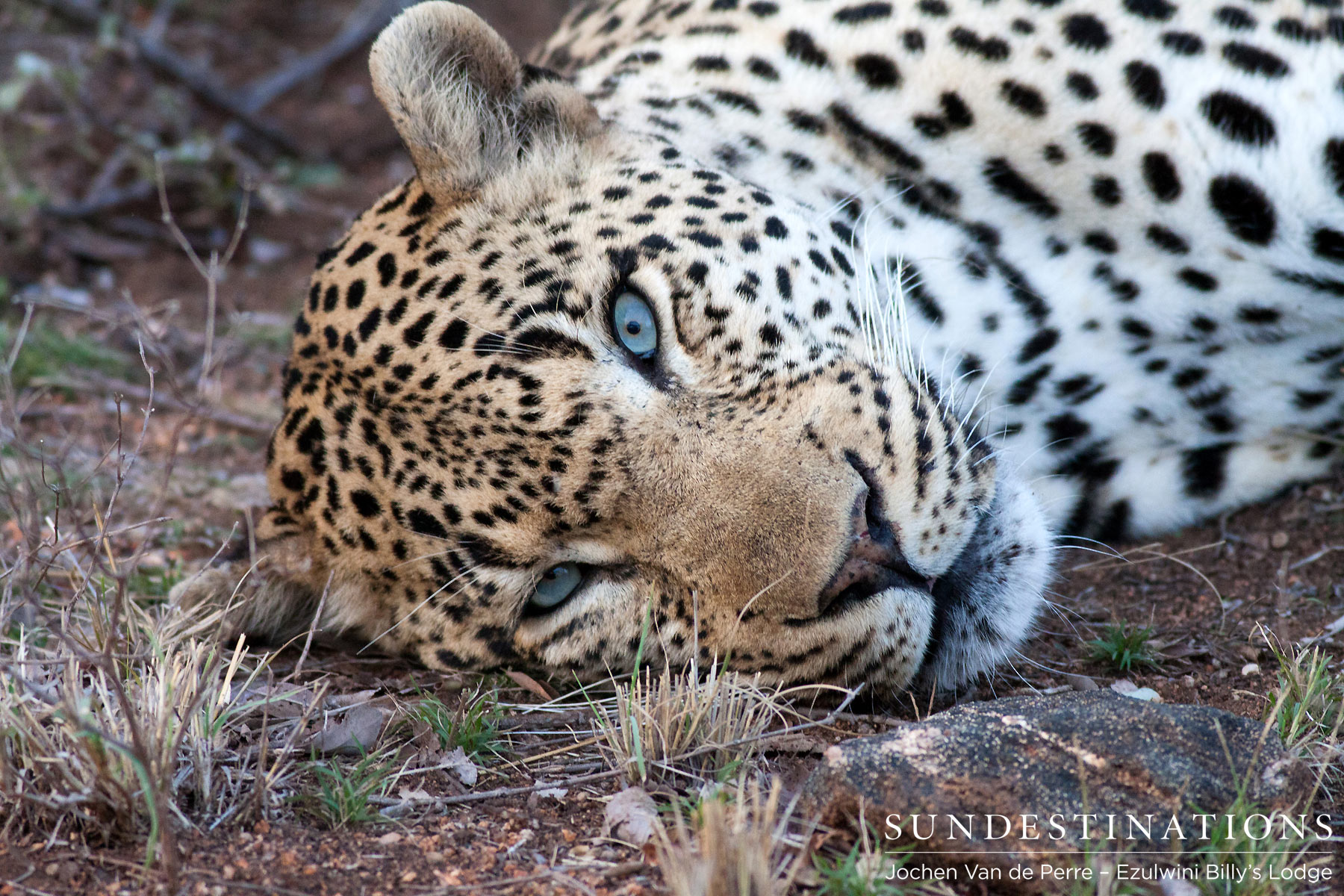
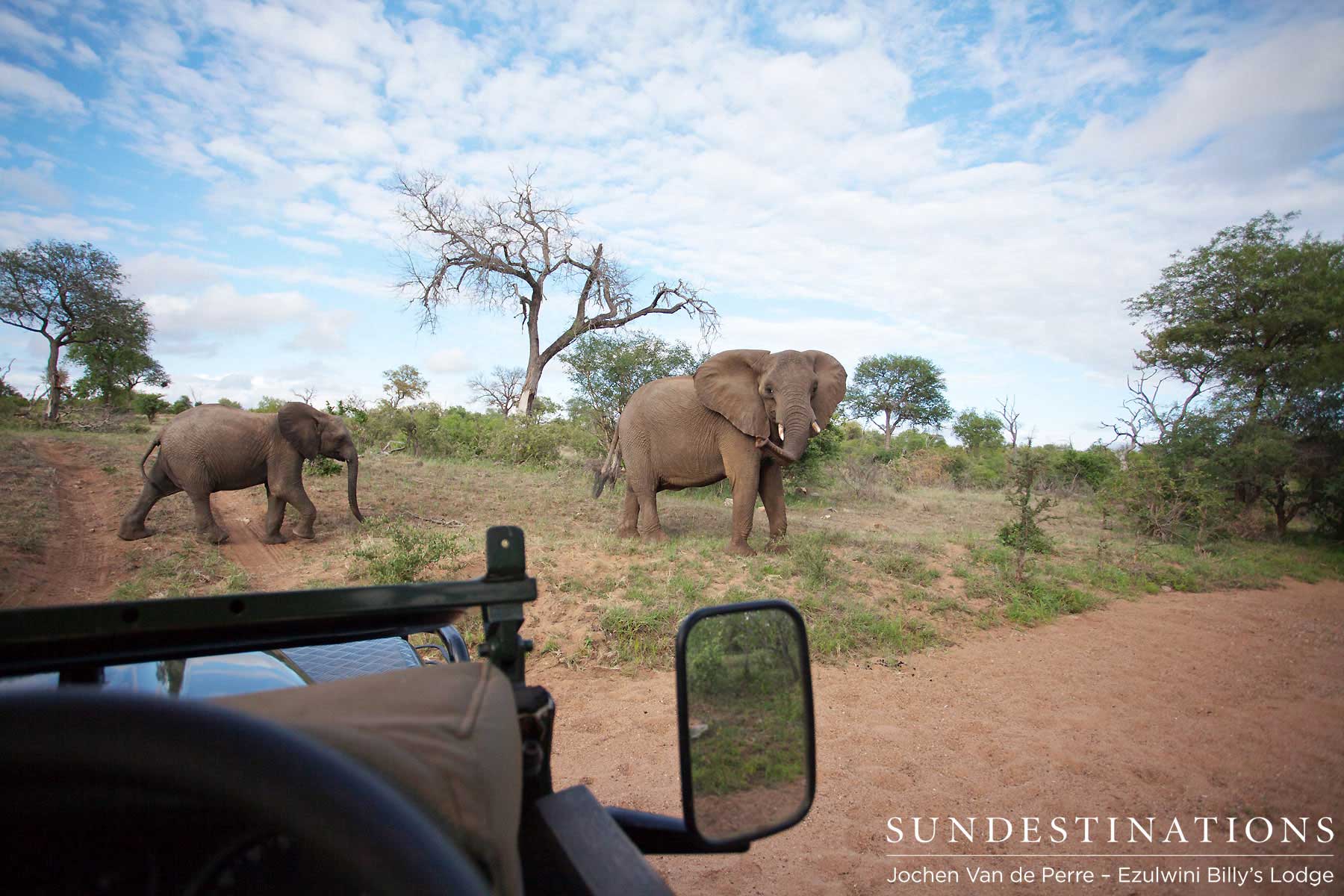
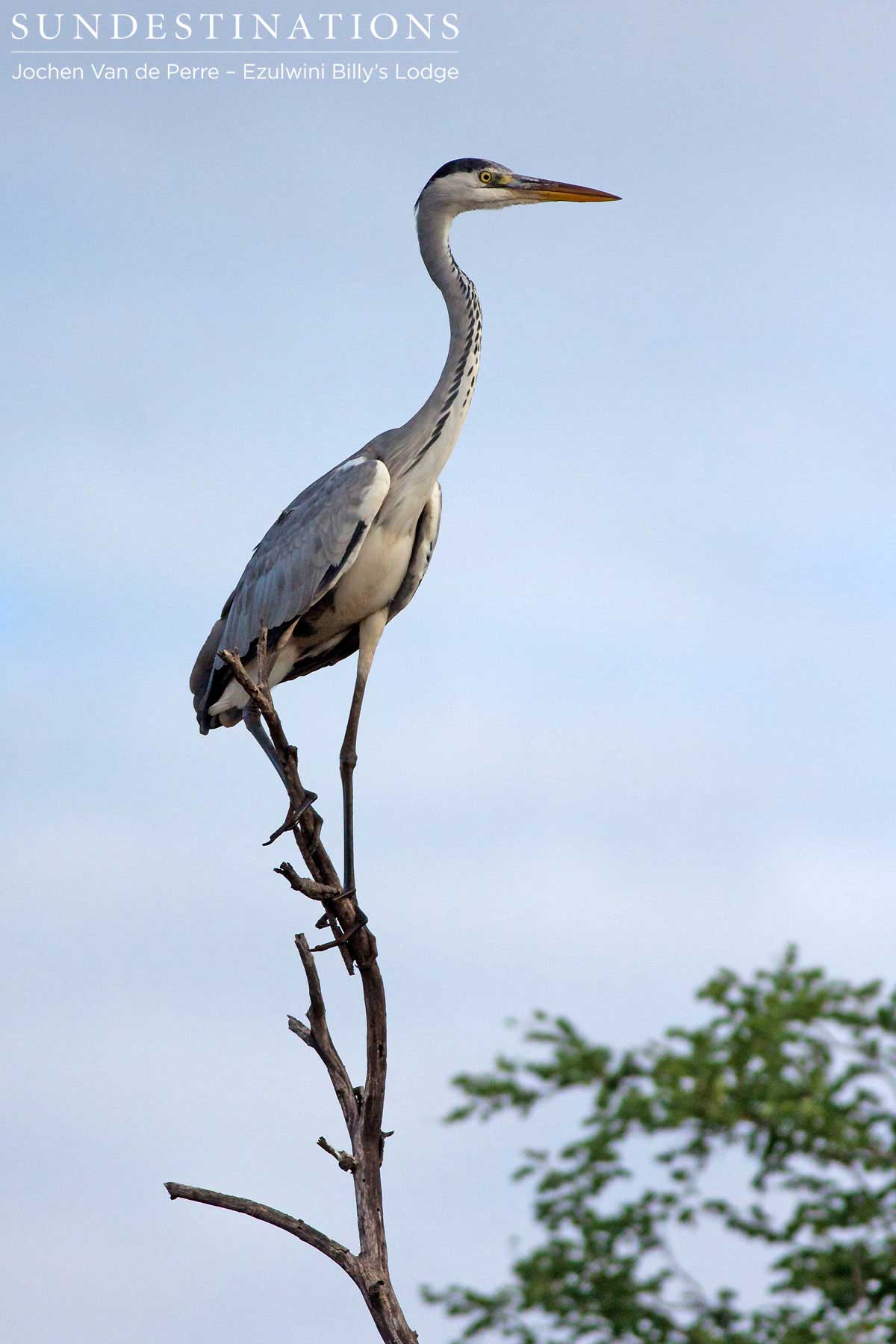
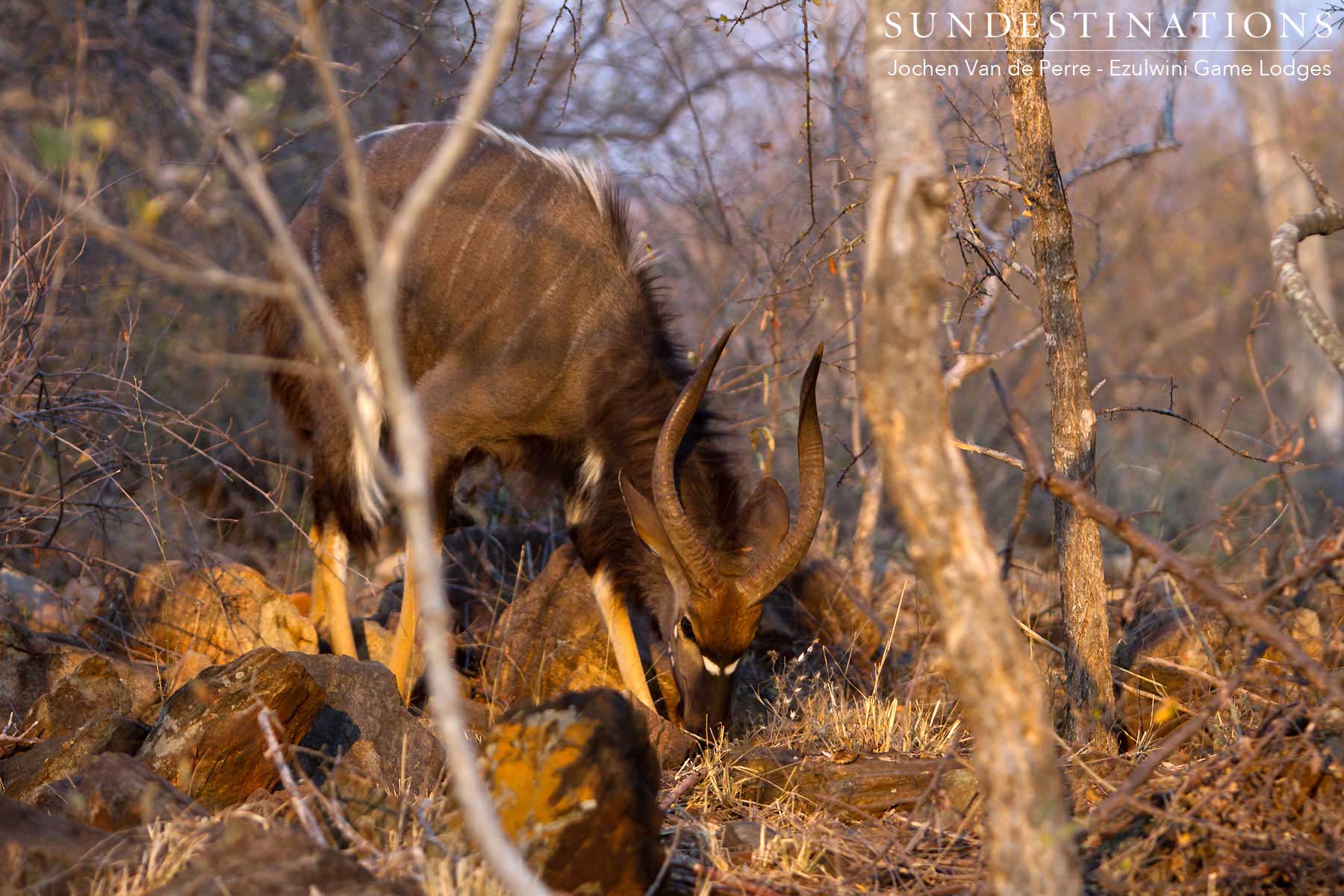
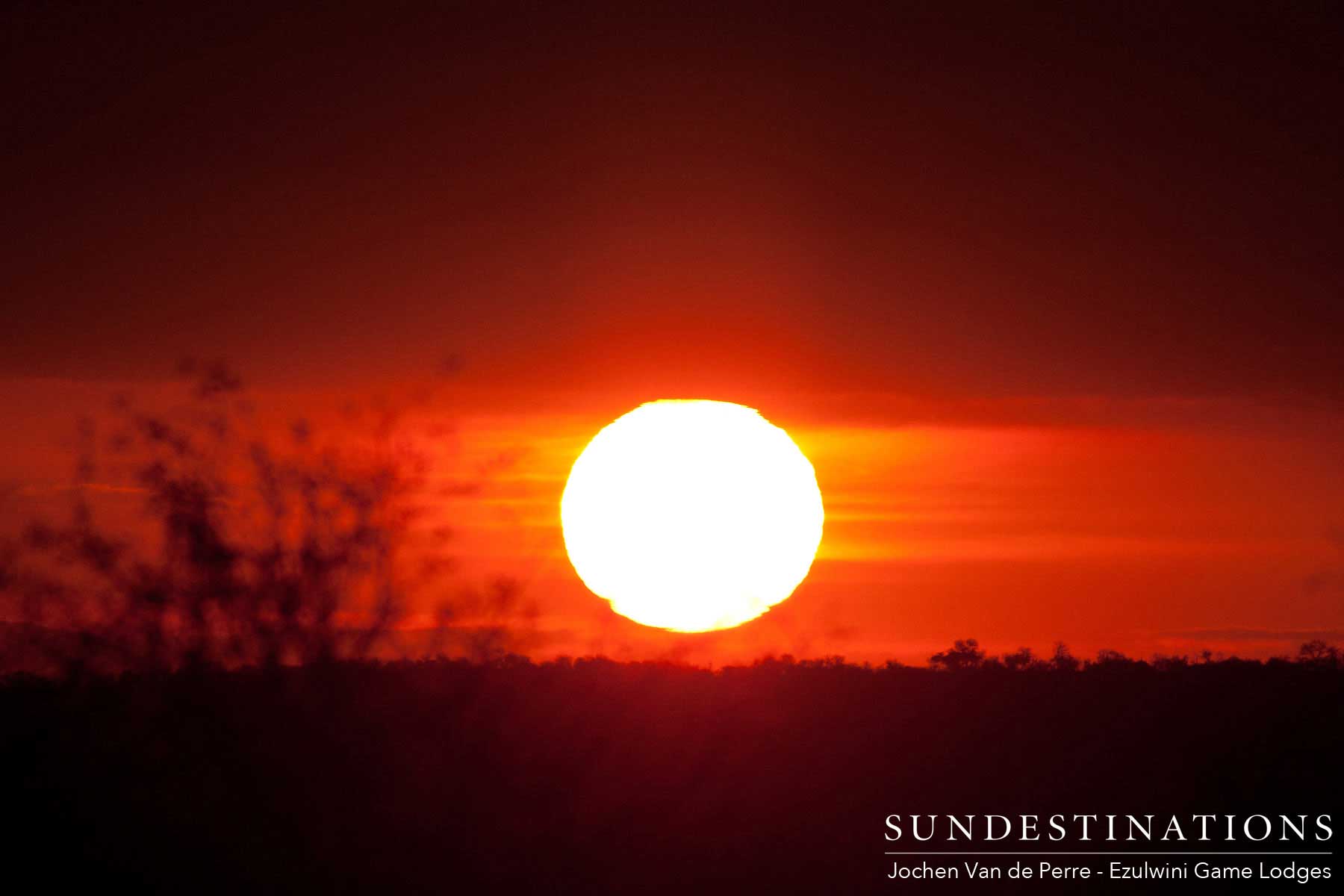
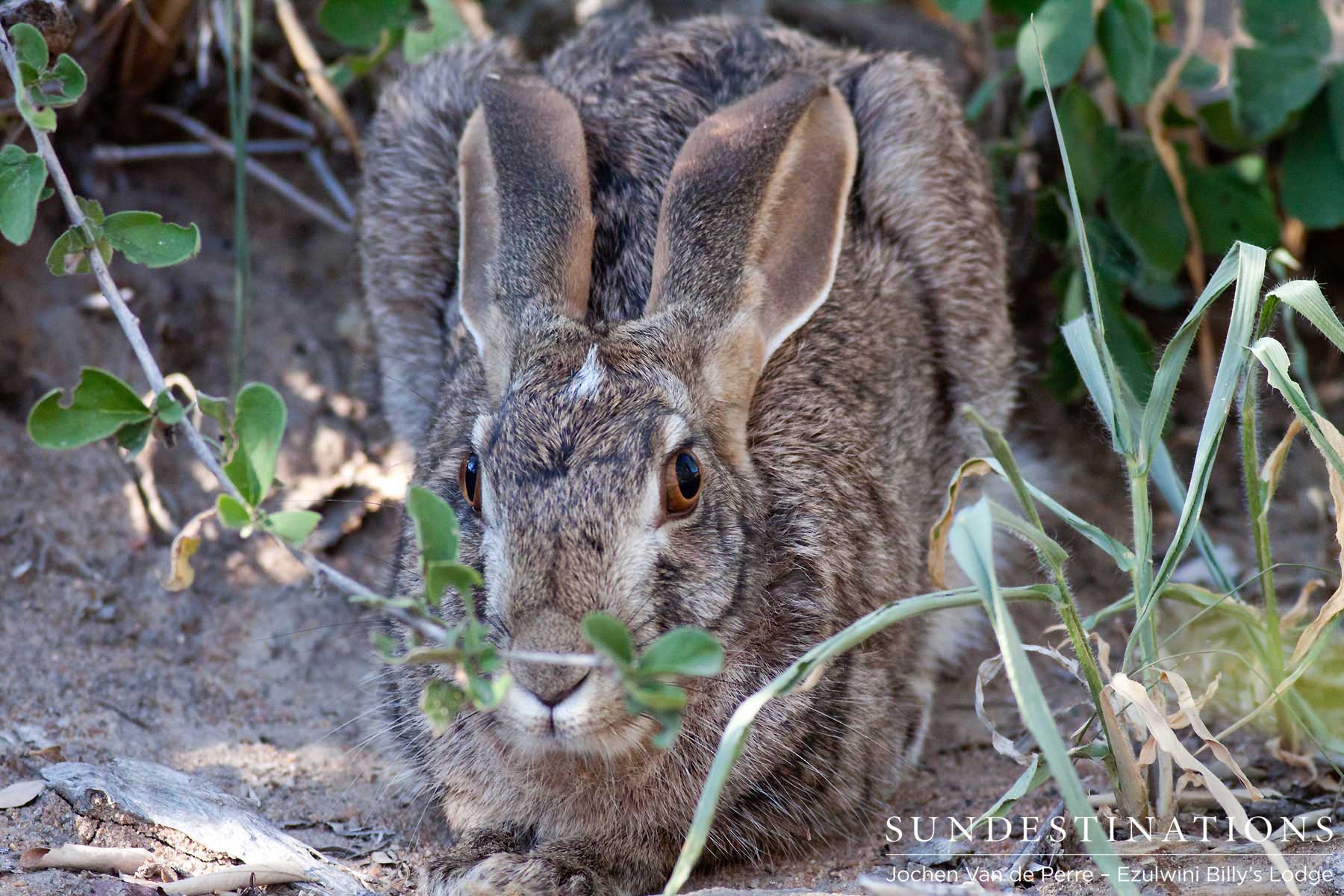
Leave a Comment